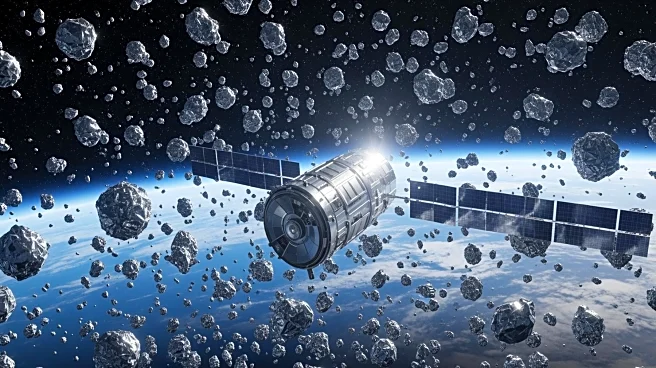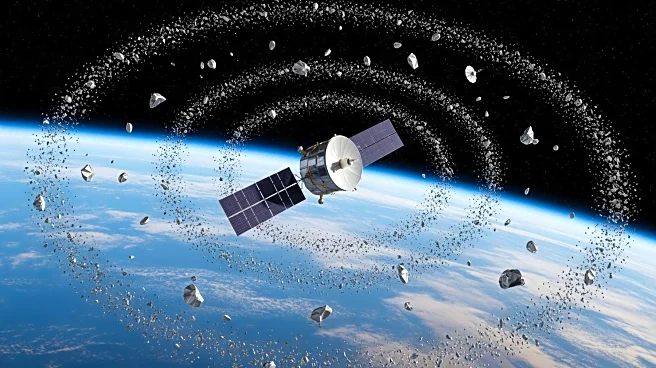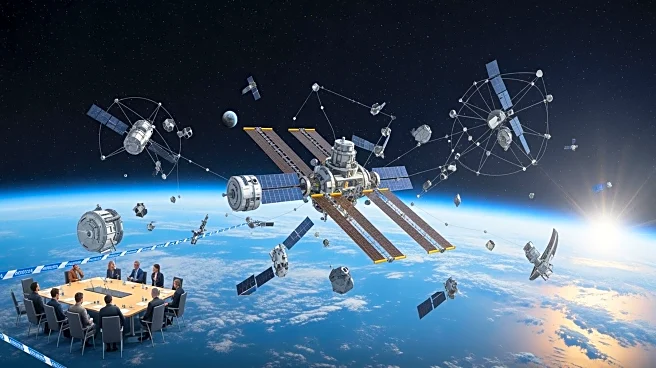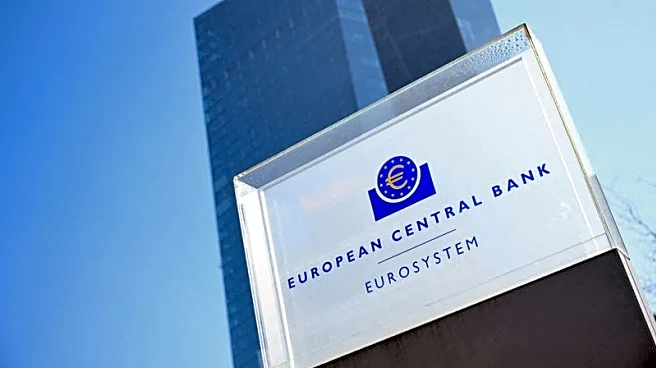What's Happening?
The European Union, in collaboration with the European Space Agency, successfully launched the Sentinel-1D satellite aboard an Ariane 6 rocket from Europe's Spaceport in Kourou, French Guiana. This launch marks
the completion of the first generation of the Sentinel-1 radar Earth-observing mission, reinforcing Europe's capacity to monitor environmental changes independently. The Copernicus program, which manages the satellite, integrates satellite measurements with ground-based and airborne systems to provide high-quality, near-real-time information about Earth's land, oceans, climate, and atmosphere. The Sentinel satellites are crucial for monitoring environmental change, supporting disaster response, protecting maritime routes, and informing agricultural planning.
Why It's Important?
The successful deployment of Sentinel-1D is significant as it ensures the continuity of radar data delivery that Europe's agencies, industries, and research communities rely on. This launch symbolizes Europe's commitment to autonomous environmental monitoring, which is vital for addressing climate change and supporting sustainable development. The data provided by the Sentinel satellites is used by millions of users, including scientists, government agencies, businesses, farmers, and humanitarian responders, highlighting its broad impact on various sectors.
What's Next?
With the completion of the first generation of the Sentinel-1 mission, Europe is preparing for the next evolution of its space-based observing system. This involves planning for future satellite launches and enhancing the capabilities of the Copernicus program to continue providing critical environmental data.













